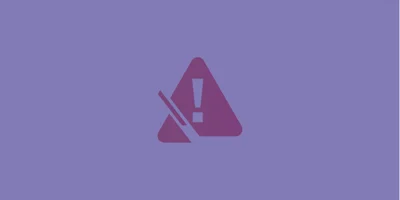10 min read
By: RedLegg Blog
|
In this month's security bulletin, we've got a whopping 17 critical vulnerabilities described. Do any of these affect your business?
Remote Code Execution in The Windows TCP/IP Stack
|
XSS in Microsoft Sharepoint
- Identifier: CVE-2020-16945, CVE-2020-16946
- Exploit Info / POC: No
- Description: A cross-site-scripting (XSS) vulnerability exists when Microsoft SharePoint Server does not properly sanitize a specially crafted web request to an affected SharePoint server. An authenticated attacker could exploit the vulnerability by sending a specially crafted request to an affected SharePoint server. The attacker who successfully exploited the vulnerability could then perform cross-site scripting attacks on affected systems and run script in the security context of the current user. The attacks could allow the attacker to read content that the attacker is not authorized to read, use the victim's identity to take actions on the SharePoint site on behalf of the user, such as change permissions and delete content, and inject malicious content in the browser of the user. The security update addresses the vulnerability by helping to ensure that SharePoint Server properly sanitizes web requests.
- Mitigation Recommendation: Patching is currently the only mitigation method.
- Update: https://portal.msrc.microsoft.com/en-US/security-guidance/advisory/CVE-2020-16946
Spoofing/Reflective XSS in Microsoft Sharepoint
Or read... |








